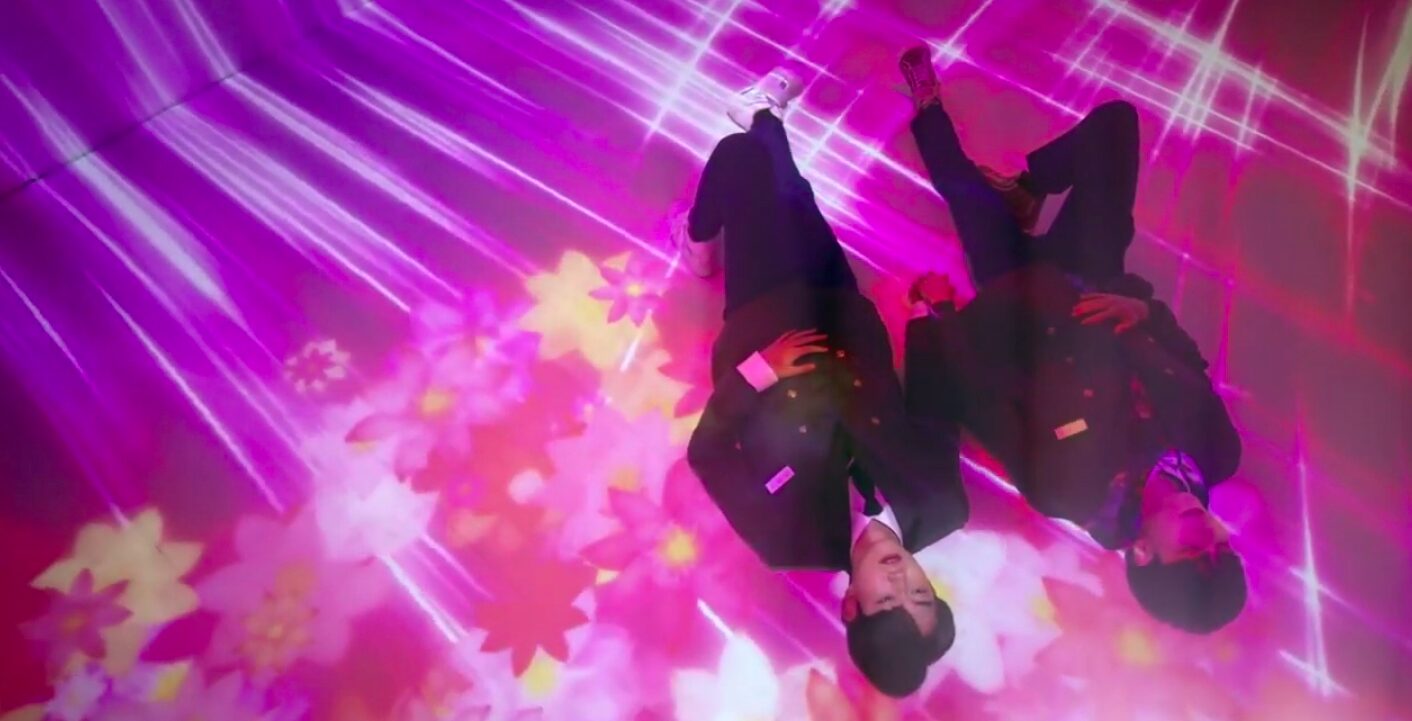This year began, as most do, with me taking a dive into the wonderful world of Thai BL and then coming out the other side feeling a little used and abused and determined not to dive back in again for a while.
Notwithstanding the glorious trash fire that was KinnPorsche’s fetish slideshow, I was prepared to write off Thai BL for the year. And then I clicked play on Vice Versa.
A body-swapping, universe-jumping adventure on paper, Vice Versa is instead a deeply self-aware and self-referential bait and switch. A BL romcom on the outside and a highly meta and very earnest discussion about having the courage to pursue what you want in life on the inside.
And while I had initial concerns that the show’s cleverness was too blunt – almost sophomoric – in its use of allegory, metaphor and imagery, the show’s second half quietened my reservations. So while I might recommend a lighter touch overall, it’s a small quibble. Vice Versa is not just clever, it’s often intelligent as well. And it’s an enjoyable watch overall.
The Plot
Talay (Sea) is an unassuming but hardworking young man with aspirations to be a Colourist in the film industry. He’s socially awkward but enthusiastic, sincere and talented, which is enough to earn him a big break in his dream production company.
But right before he’s due to begin, tragedy strikes. He drowns and wakes up in the body of a man named Tess on a parallel Earth. Tess is a feckless rich kid whose father owns a film production company. And while it takes Talay a minute to adapt to his new environment, he’s soon involved in a small screenwriting group to produce a film for his father’s company.
He’s joined in his endeavour by Puen (Jimmy), a famous model/actor from Talay’s reality who’s inhabiting the body of an aspiring screenwriter named Pakorn (also known as Tun).
If that’s a lot of body swapping for you, well it’s the show’s central conceit. People apparently die and wake up in a different person in another universe all the time. There’s even a support group for it, full of confused inhabitants of the multiverse trying to navigate the wrong lives. They explain to the boys that to return to their universe, they need to find their Portkey: the one person that makes their return to their real lives possible.
Convinced they’re each other’s Portkey but plagued often by doubt, the two fall in love while writing film scripts that aptly mirror their own situations but also the show they’re in.
A RomNotCom (Pink with Midnight Black)
With advertising posters highlighting a fun body swapping adventure but with a script that was instead earnest and very meta, the boys in-show begin to write a film about love that seems frivolous at first but is instead intensely serious – a self-designated Romantic-Not-Comedy. And as they do, Vice Versa itself flips from one to the other.
It’s only one way in which the show’s self-awareness expresses itself. With the male lead a colourist, the series colour codes each episode, flagging the audience’s visual and narrative journey with the use of a changing pallette. From Ocean Blue through Deep Magenta, Cloudy Grey, Pink and eventually Crystal Clear, the characters’ emotional journey and the narrative pacing is helpfully colour coded.
It’s an innovative and experimental conceit that doesn’t always work, coming off at times as a little too self-aware in its cleverness. The first half at least seemed more like somebody’s film school project – at least if that project was sponsored by KFC (Thai PPL remains insane, this is definitely something that needs to change – no matter how refreshing and sugar free it is).
If anything, Vice Versa’s main crime is that it’s so wedded to being clever that it sometimes forgets the other elements that make a drama work. This means the drama doesn’t entirely make literal sense as a story, a common problem when your narrative is driven almost entirely by visual metaphor.
But this (and the growing desire to eat KFC) should not preclude anybody from enjoying a BL that is trying hard to be something different. And mostly succeeding.



